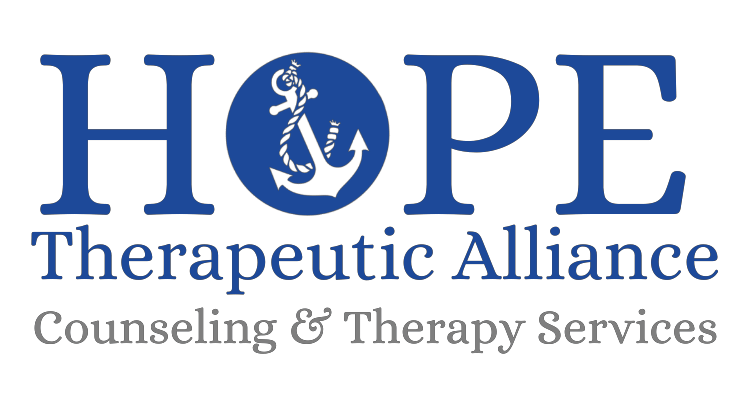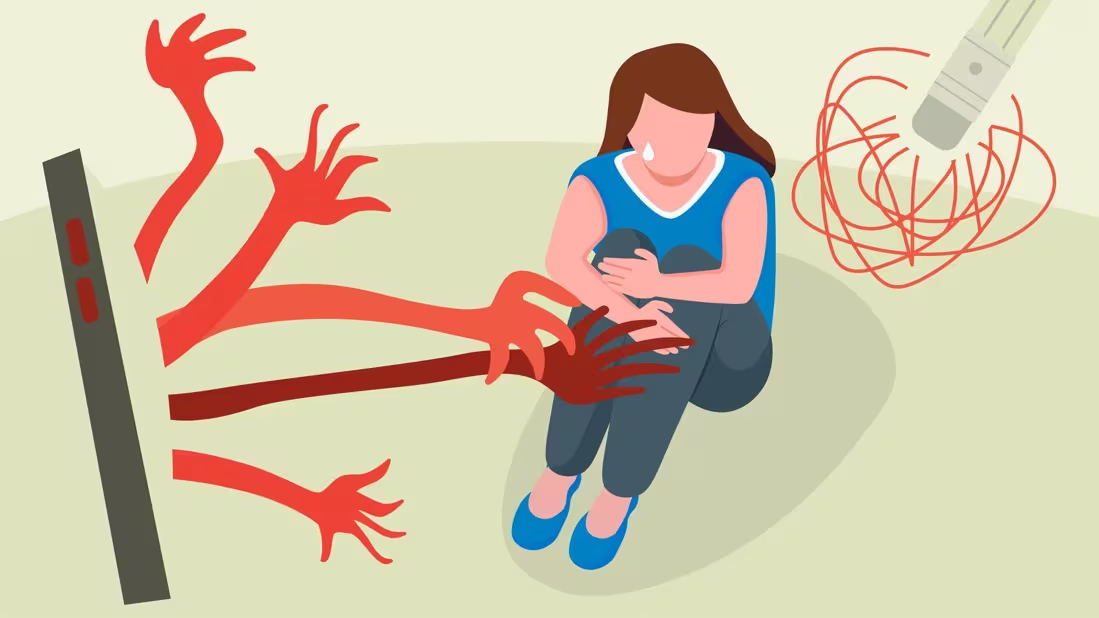
Trauma Focused-CBT (TF-CBT)
Trauma-Focused Cognitive Behavioral Therapy (TF-CBT): A Structured Path to Healing After Trauma
What is Trauma-Focused Cognitive Behavioral Therapy?
When something painful or frightening happens, it can change the way you see yourself, other people, and the world around you. You might find that your emotions feel unpredictable, your body stays tense or on alert, or you can’t stop replaying what happened. TF-CBT is a structured therapy that helps you understand how trauma affects your thoughts, feelings, and behaviors, and gives you practical tools to take your life back.
Understanding How TF-CBT Helps You Heal
Trauma-Focused Cognitive Behavioral Therapy is an evidence-based treatment designed to help children, teens, and adults heal from trauma. It combines two key ideas: understanding how trauma impacts the brain and body, and learning new ways to think about and respond to those experiences.
In TF-CBT, you’ll learn about how trauma affects your emotions, behaviors, and even your nervous system. Together, we’ll explore the connections between your thoughts (“I’m not safe”), your feelings (fear or shame), and your actions (withdrawing, avoiding, or over-controlling). Once you can see how these patterns work, you’ll learn skills to challenge unhelpful thoughts, calm your body, and replace fear or guilt with confidence and control.
How TF-CBT Is Organized for Effective Trauma Treatment
TF-CBT is typically organized into three main phases. Each one is carefully designed to help you heal without becoming overwhelmed.
Phase 1: Skill-Building (Stabilization)
This phase focuses on helping you (when working with minors, the caregiver(s) as well) build the foundation for healing by developing skills to manage trauma-related reactions.
Psychoeducation: You’ll learn about common trauma responses and why you may be feeling or reacting the way you do. Understanding that these responses are normal helps reduce shame and confusion.
Parenting skills (for children and teens): Caregivers learn strategies to support their child and respond to trauma-related behaviors with patience and understanding.
Relaxation and emotion-regulation skills: You’ll practice calming techniques, grounding strategies, and ways to manage big emotions safely.
Cognitive processing: You’ll begin to explore the link between thoughts, feelings, and behaviors and learn how to shift unhelpful thinking patterns that maintain distress.
Phase 2: Trauma Narrative and Processing
Once you have the coping tools you need, this phase gently helps you face the trauma itself in a safe, structured way.
Trauma narrative: Together, we’ll create a personal narrative. This might include writing, drawing, or other creative methods that help you process the event and reduce its emotional intensity.
Gradual exposure: You’ll safely and slowly confront trauma reminders that you may have been avoiding, so they no longer have the same power over you.
Phase 3: Integration and Consolidation
This final stage focuses on helping you apply your new skills to everyday life and move forward with confidence.
In vivo mastery: You’ll begin practicing your coping and regulation skills in real-world situations, with support and feedback.
Joint sessions: When TF-CBT involves children or adolescents, joint sessions with caregivers help strengthen connection, communication, and understanding.
Safety planning: You’ll learn strategies to protect yourself physically and emotionally and to maintain your progress after therapy ends.
The Positive Outcomes of TF-CBT
TF-CBT helps reduce trauma symptoms like nightmares, flashbacks, guilt, and anxiety by teaching you how to manage overwhelming emotions in healthy, effective ways. It’s not about pushing away what happened; it’s about understanding it differently so it doesn’t define you anymore.
Over time, you’ll notice that you feel more stable, connected, and capable of handling life’s stressors. Many clients share that they begin to feel like themselves again, not as who they were before the trauma, but as someone stronger and more grounded because of the work they’ve done.
What Makes TF-CBT Different from Traditional Talk Therapy
Unlike traditional talk therapy, TF-CBT follows a clear structure that focuses on education, coping skill development, trauma processing, and long-term resilience. It’s a collaborative, step-by-step process that keeps you safe and supported as you work through your experiences. You’ll never be asked to share more than you’re ready for. The goal is to help you feel in control, not re-traumatized.
TF-CBT also incorporates relaxation techniques, emotional regulation skills, and gradual exposure to memories or situations that currently feel too painful. You’ll gain practical tools you can use outside of therapy to stay calm and balanced, even when stress arises.
Is TF-CBT the Right Fit for Your Healing Journey?
TF-CBT might be a good fit if you:
Have experienced trauma and want to understand how it’s affecting your current life.
Struggle with anxiety, fear, guilt, or shame related to past experiences.
Prefer a therapy approach that gives you structure, coping skills, and a clear plan for progress.
Want to heal while staying grounded, safe, and in control.
If you’ve been feeling like your trauma still has too much power over your thoughts or emotions, TF-CBT offers a way to change that. It helps you rebuild trust in yourself, gain confidence in your ability to cope, and find peace in knowing that your past no longer defines your future.


